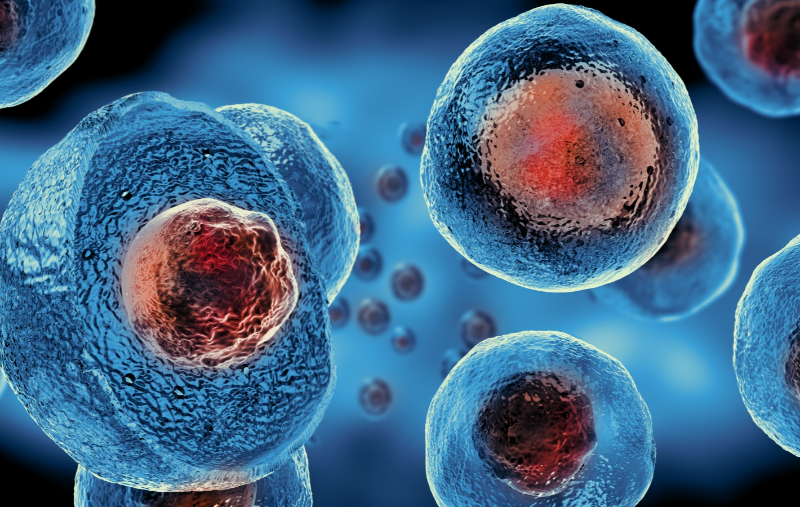What is a Stem Cell?
Stem cells, which are the building blocks of all cells in our body, are the main cells that can renew themselves from the cells in many tissues in the human body, transform into different cell types, divide and multiply at high capacity.
Stem cells can be used for the purpose of repairing organ and tissue damage caused by injury, disease and other reasons by transforming into the cell type needed according to their origin. Thus, they help regenerate all damaged tissues and organs.
In cellular therapies, in which stem cells are used as an alternative and among the most promising treatment options in recent years, the aim is to repair or renew the function of a damaged or dysfunctional cell/tissue or organ. For this purpose, purified stem cells are used in the damaged tissue, in sufficient number and quality to fulfill the function of that tissue. With the new developments in medicine and biology, these miraculous cells can appear as a solution for the treatment of many diseases.


Blood-forming (Hematopoietic) Stem Cells
Blood-forming stem cells are stem cells that lead to the formation of all blood components. They are concentrated in bone marrow and cord blood. All of the blood cells in our body are made up of young (immature) cells called hematopoietic stem cells. The word hematopoietic means "blood builder".
Mesenchymal Stem Cells
Mesenchymal stem cells (MSCs) are adult cells that can be obtained from cord tissue and form the main cells of the connective tissue. They can transform into many cell types such as fat, bone, cartilage, muscle, tendon, ligament cells.
